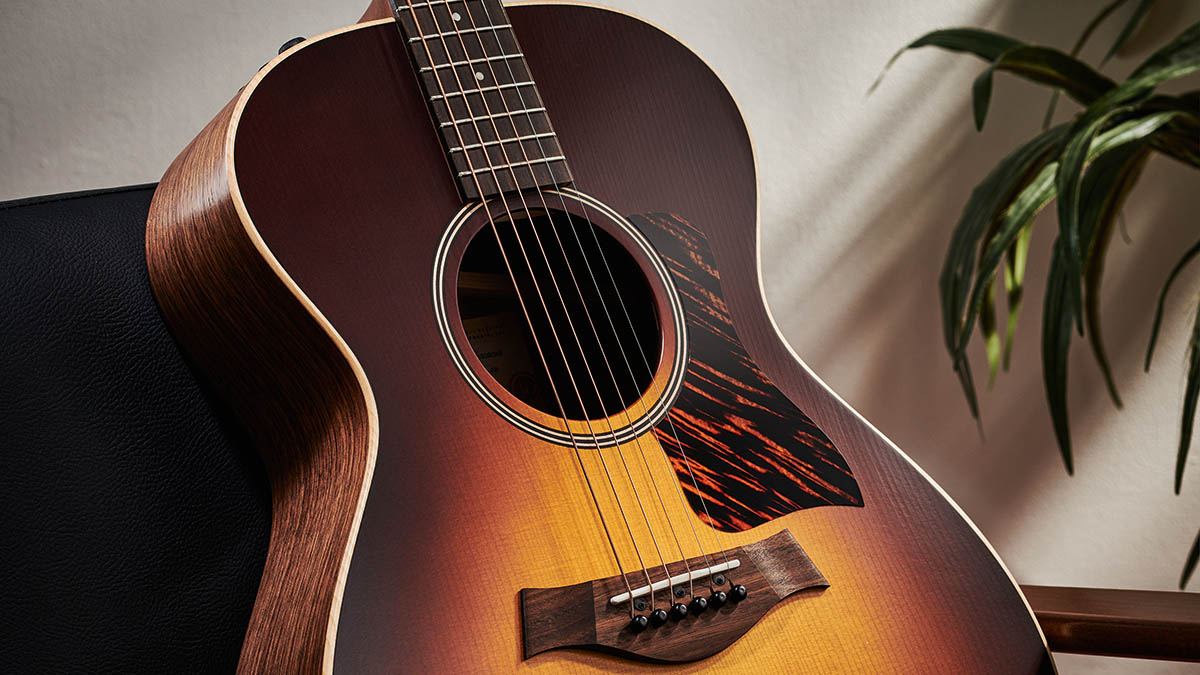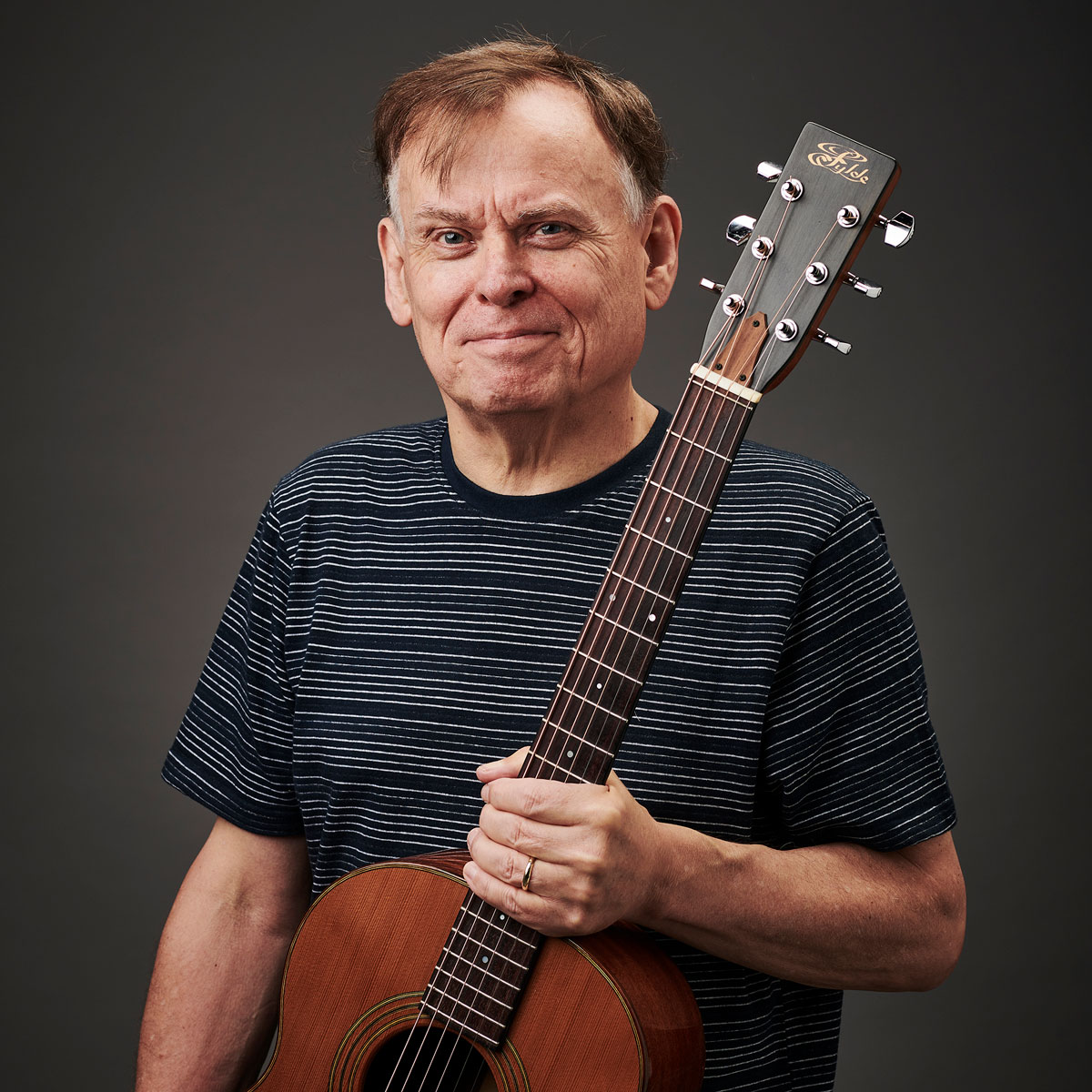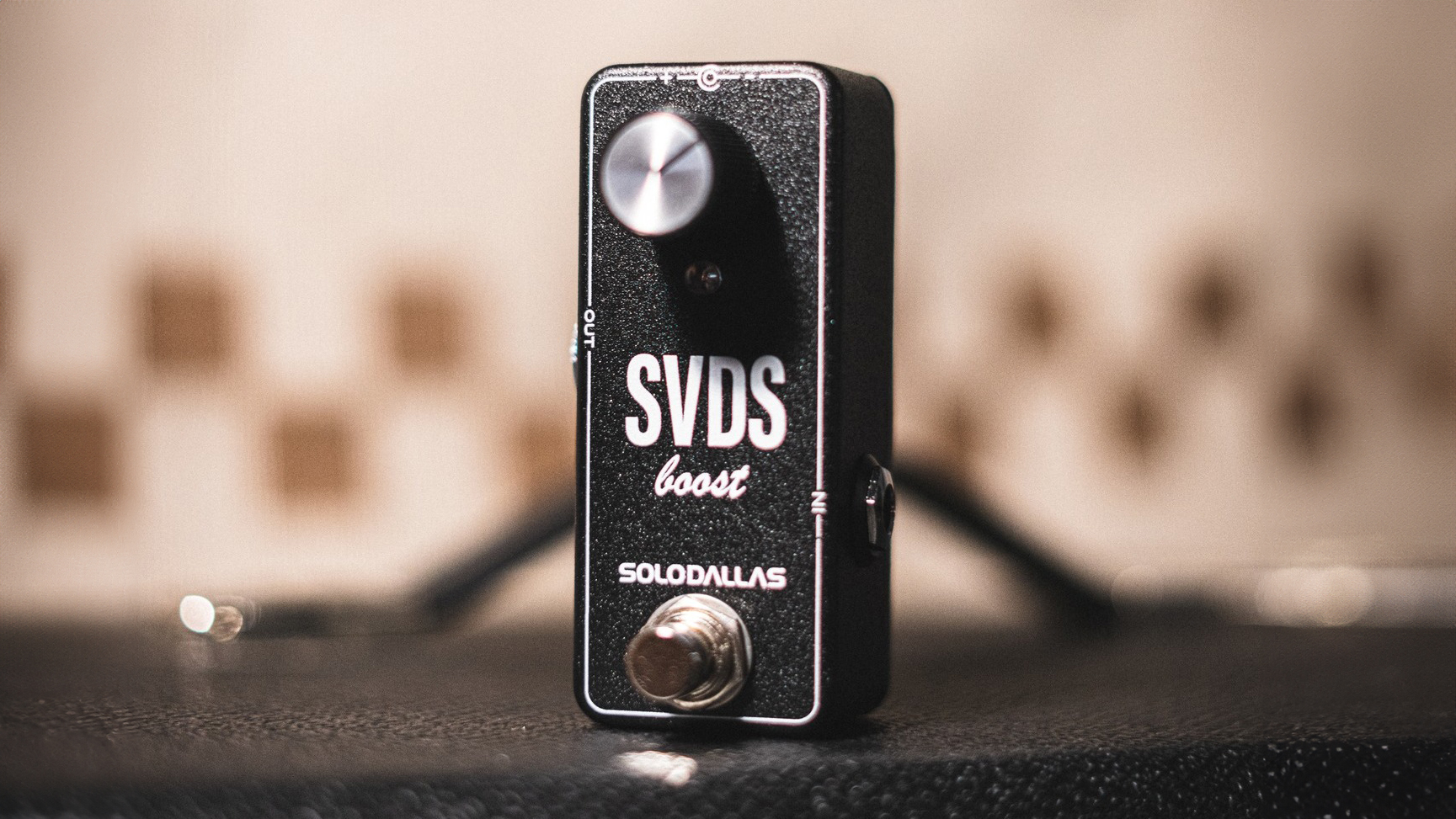Guitar World Verdict
Its cut-back minimalist look has an aesthetic all its own, and its tone and playability make it a sure-fire winner that could ably compete with instruments further up the range in terms of price.
Pros
- +
A superbly well-conceived instrument.
- +
No fuss aesthetic.
- +
Great tonal range.
- +
Excellent price.
Cons
- -
Purists may not go for the spartan appointments.
You can trust Guitar World
Taylor’s American Dream Series has been expanded with a trio of sunburst finished models, comprising the Grand Concert AD12e we have before us plus the small-bodied Grand Theater AD11e and the Grand Pacific AD17e.
All three have the same basic spec with Sitka spruce tops and walnut backs and sides, and boast uncompromising solid wood quality and tone at a stripped-down price point.
This means that any ornate trappings you may expect to find on upmarket acoustics have been put aside in favour of what Taylor describes as “all the projection, sustain and tonal depth a player would expect from a Taylor, presented in a thoughtfully distilled form that makes premium craftsmanship accessible to more players”.
We’ve been mightily impressed by other instruments from the American Dream Series in the past, the AD27 Flametop with solid maple top, back and sides in particular. Many of the models in the range now include chief designer and CEO Andy Powers’ revolutionary V-Class bracing system that promises increased volume, sustain and consistency of tone all over the fretboard.
Whereas players may have been wary of any new bracing system that seems to overwrite the more established X-bracing as the optimum tone engine, our experience is that it definitely marks a step forward in acoustic guitar engineering.
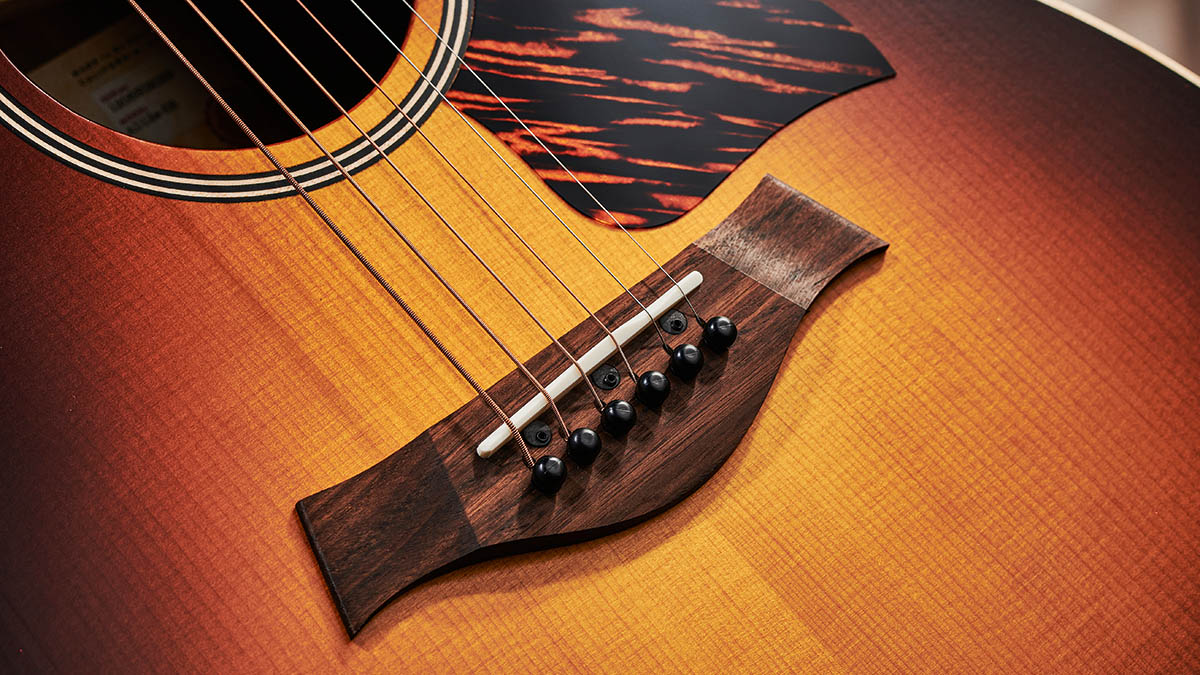
In short, we like what we’ve heard so far and so expectations were high when we unzipped the AD12e’s very swanky AeroCase. First impressions were that we were scratching our heads trying to figure out exactly where Taylor had made the cost cuts that keep this particular model hovering around the $/£2k price point.
The finish is matt, as opposed to high gloss, and the furnishings that go hand in hand with upper-echelon acoustics – like ornate abalone inlays and such – are conspicuous in their absence.
But, to be absolutely honest, you don’t miss them. The whole ethos of the American Dream Series is that everything here is as good as it needs to be in order to produce the best possible instrument at a fundamental level, but without the need to compromise on the end result, which is governed by great tone and eminent playability.
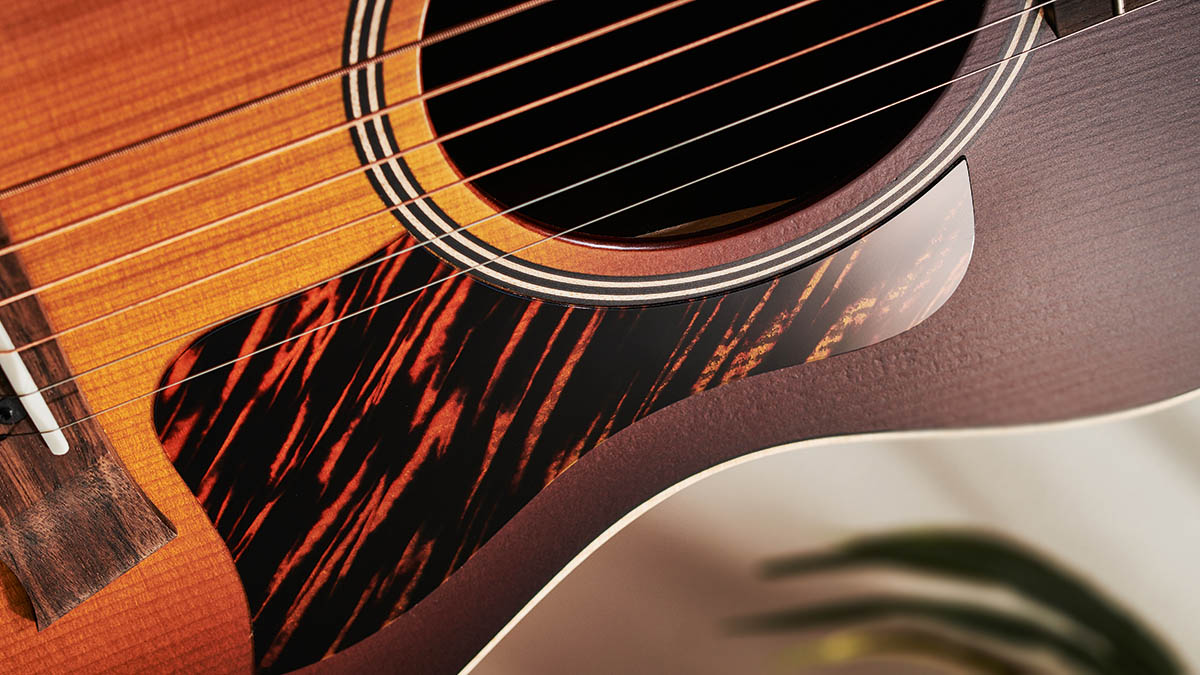
So what exactly is on offer here? The top is made from Sitka spruce, which has a proven track record as a premium wood for guitar tops.
Back and sides are walnut, a wood that we’re seeing more and more regularly on acoustics as the more traditional timbers such as rosewood and mahogany become more scarce and expensive to use – not to mention in many cases endangered and CITES-listed.
Taylor says that walnut offers “crisp highs, balanced by a deep, woody low-end that emerges as the guitar is played in…” and it sits in between mahogany and maple on the tonal spectrum.

The guitar’s neck is made from “neo-tropical mahogany” and the fingerboard is “smoked eucalyptus”. The former is scarf-jointed just below the headstock and, yes, while this would flag a cost-cutting manoeuvre, a lot of luthiers tell us that this makes the headstock stronger and less likely to fracture in an accidental knock.
The latter is a new term to us – and one of the questions we raised with Andy in our interview – but we gather that the “smoked” part of the equation is the fact that it has the colour of a dark rosewood but a tight grain similar to ebony.
Once again, if no-one had drawn our attention to the fact that it was neither of the more traditional aforementioned woods, we probably wouldn’t have batted an eye. Meanwhile, the headstock veneer is, once again, eucalyptus and the tuners that sit either side are matt‑black coloured and Taylor branded.
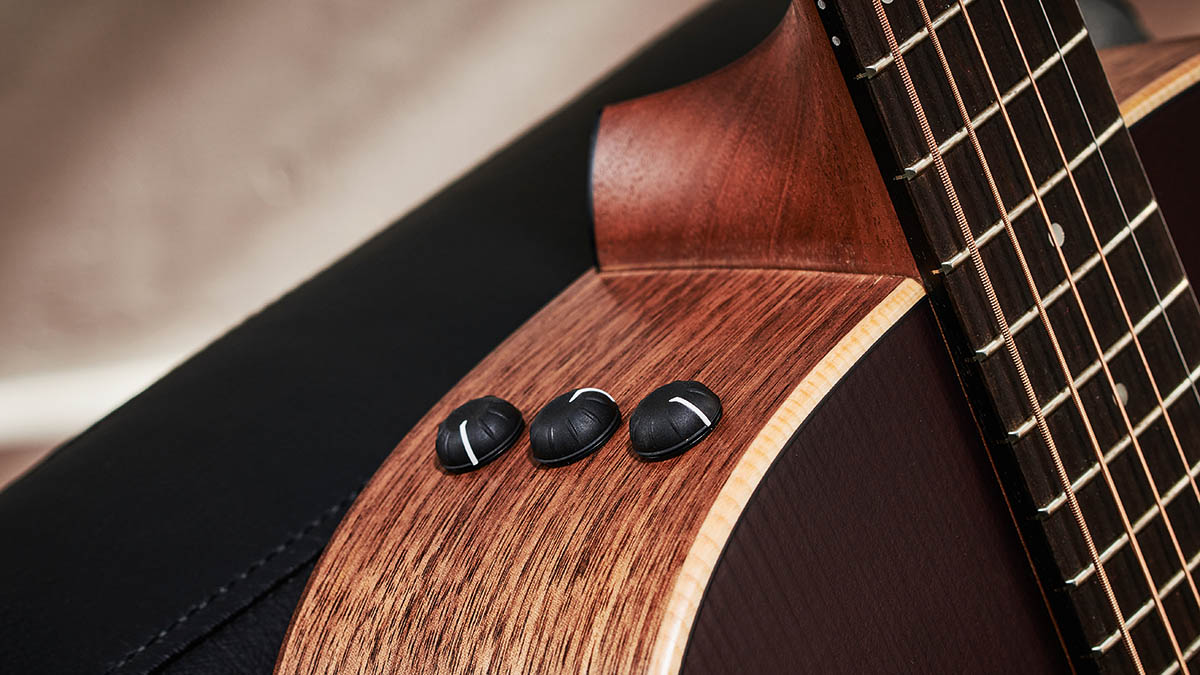
It’s a good-looking guitar. The tobacco sunburst – which is hand sprayed, we’re told – has been very nicely applied and the faux tortoiseshell firestripe pickguard sets it off magnificently. The rosette is a simple black/maple/black configuration and the bridge saddle is micarta with black plastic string pegs.
The ’board has Italian acrylic “faux pearl” position markers, 20 perfectly positioned medium frets and a 44.5mm (1.75-inch) black Tusq nut that sits astride the fretboard down at the campfire chords end.
One extra feature worthy of note is the chamfered edges to the soundboard – so no sharp edges to dig into the arm during long playing sessions. It’s a nice touch and adds to the whole tactile experience that this particular instrument has on offer.
Feel & Sounds
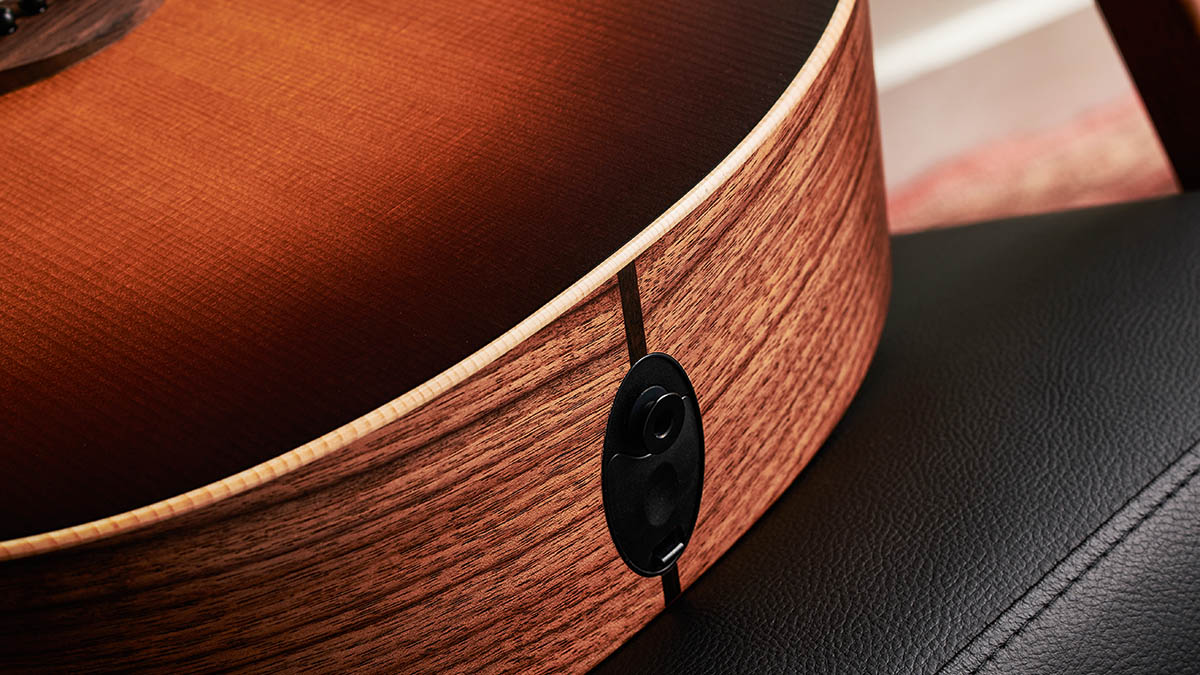
So does a guitar with such basic accoutrements yield a basic sound? Quite the opposite. We were surprised at the quality of sound that came from our first investigative chord strumming.
The sound we heard was well balanced, with no ungainly mud in the bass or brittleness in the trebles, with a full spectrum of frequencies and, most of all, a warmth that was undoubtedly due to the presence of walnut and the guitar’s overall thin finish.
Taylor says that the walnut’s tonal influence will improve and evolve once the guitar is played in and, to be honest, if it gets much better than this then we’d be delighted.
Another point to mention is that once we had initially tuned the AD12e it held onto its tuning throughout the time we spent with it. This is another credit to Taylor’s emphasis on workmanship – there’s been no cost-cutting where hardware is concerned.
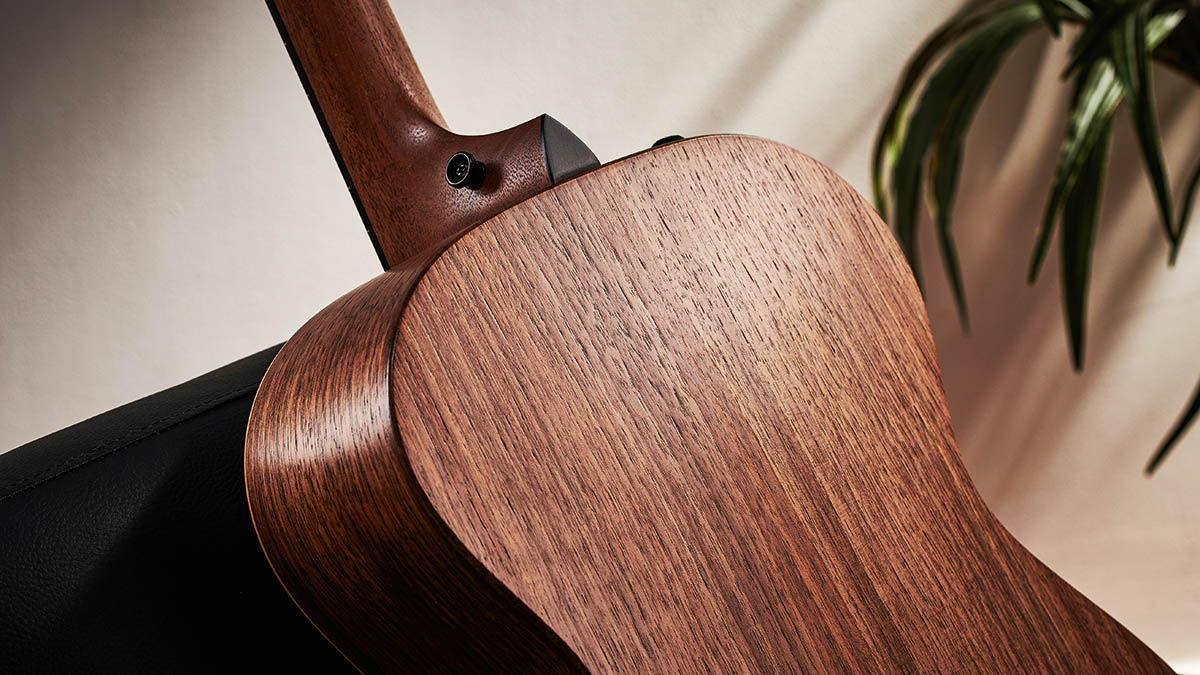
A perfectly cut nut and tuners that do their job more than adequately reinforce the American Dream ideal: quality performance and top-class workmanship without any unnecessary bling to tempt players into buying with their eyes rather than their ears.
The neck is a very comfortable Goldilocks experience: not too big, not too slim. And once again the thin finish works its charms as we felt as though we were more in contact with the woods. It’s a tactile thing that’s difficult to describe, but the result was a guitar that was difficult to put down.
Another thing we watch out for in instruments that sit in established manufacturers’ ‘budget ranges’ is how all the money has been spent getting a good sound down at the nut, where, let’s face it, most players spend the bulk of their time.
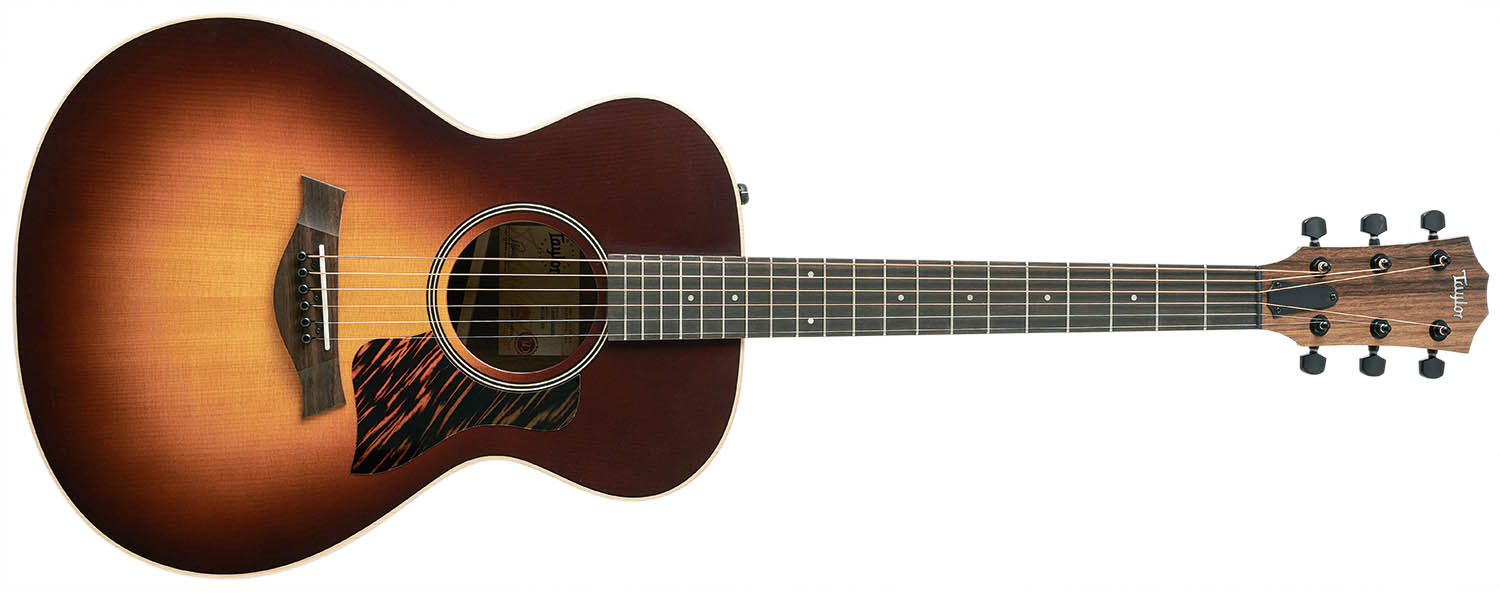
Wandering up the neck often means a lack of body and a set of diminishing returns as far as sweetness and warmth are concerned. Not so with the AD12e. Venturing up the neck resulted in no tonal black holes at all; everything remained well balanced and very musical.
This is very probably due to the V-Class bracing pattern – as we’ve found on other models that have this system in place – that we’re in for a very even tonal experience all over the playing area. Volume, too, is very good. Everything from a gentle brush to full-on enthusiastic strumming gave us a great return.
The AD12e comes equipped with Taylor’s Expression System 2 pickup/preamp, a reliable workhorse that features on even top-of-the-range instruments. Its no-fuss soft-touch controls preside over your plugged-in sound with centre-indented volume, treble and bass rotaries that sit out of the way on the side of the guitar’s upper bout near the neck joint. As ever, when we powered up the AD, it performed faultlessly and gave us a workable electric sound within moments.
Verdict
As you can probably tell, we share Andy Powers’ enthusiasm for Taylor’s American Dream instruments and would go so far as to say that we haven’t played a bad one.
The AD12e is no exception. Its cut-back minimalist look has an aesthetic all its own, and its tone and playability make it a sure-fire winner that could ably compete with instruments further up the range in terms of price.
We fully endorse Andy’s opinion that the American Dream guitars are as reliable as “a cup of black coffee” in that they simply get the job done with an absolute minimum amount of fuss. Seek them out – you might just find your own dream instrument.
Specs
- PRICE: $1,999 / £2,159 (inc AeroCase)
- ORIGIN: USA
- TYPE: Grand Concert
- TOP: Sitka spruce
- BACK/SIDES: Walnut
- MAX RIM DEPTH: 111mm
- MAX BODY WIDTH: 381mm
- NECK: Mahogany
- SCALE LENGTH: 632mm (24.9”)
- TUNERS: Satin black enclosed
- NUT/WIDTH: Black Tusq/44.5mm
- FINGERBOARD: Eucalyptus
- FRETS: 20
- BRIDGE/SPACING: Eucalyptus/57mm
- ELECTRICS: Expression System 2
- WEIGHT (kg/lb): 1.64/3.62
- LEFT-HANDERS: Yes, to order
- FINISH: Matt
- CONTACT: Taylor Guitars
With over 30 years’ experience writing for guitar magazines, including at one time occupying the role of editor for Guitarist and Guitar Techniques, David is also the best-selling author of a number of guitar books for Sanctuary Publishing, Music Sales, Mel Bay and Hal Leonard. As a player he has performed with blues sax legend Dick Heckstall-Smith, played rock ’n’ roll in Marty Wilde’s band, duetted with Martin Taylor and taken part in charity gigs backing Gary Moore, Bernie Marsden and Robbie McIntosh, among others. An avid composer of acoustic guitar instrumentals, he has released two acclaimed albums, Nocturnal and Arboretum.
“Among the most sought-after of all rhythm guitars… a power and projection unsurpassed by any other archtop”: Stromberg has made a long-awaited comeback, and we got our hands on its new Master 400 – a holy grail archtop with a price to match
The heaviest acoustic guitar ever made? Two budding builders craft an acoustic entirely from concrete because they “thought the idea was really funny”
